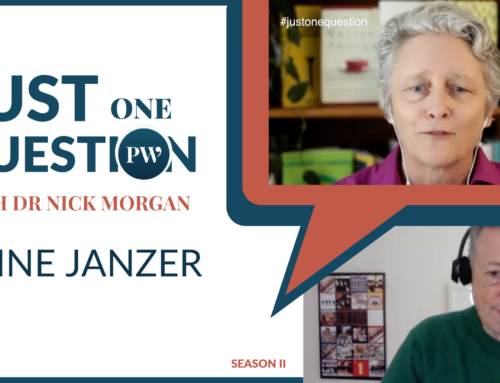So I’ve talked you out of writing the book (yet) and you’re thinking about a proposal. Let’s take the essential sections of one in turn and expand on each a bit.
Introduction
Begin with the most important section – the introduction. We’re talking about a few pages, only, and it’s your chance to sell this book in the strongest possible terms. What’s cool, new, and different about the idea? Why will it transform current thinking on the subject? Why will people be irresistibly drawn to it on the bookstore shelf? And then, how is it like some other book or books that sold millions in the same genre? Publishers are like moviemakers; if one book sells, they want to publish another one just like it, but different enough so that everyone will buy this one too. Don’t be shy here; if these pages don’t grab people, your idea is toast.
Audience
Once you’ve got an idea you’re passionate about, the next step is to find its audience. Give this one real thought, and come up with as many different kinds of buyer personas, to borrow my good friend David Meerman Scott’s term of art, as possible. Who will be completely thrilled by your book? Forty-something martial artists who live in major cities? Funeral home directors with 30-40 years in the business? People who love giant pandas? You need to know these people and then you need to write a book (that will come later) that they care passionately about. A couple of pages.
Author’s Bio
For some reason, these are hard for most people to write. Most of us are uncomfortable bragging about ourselves, I guess. You might want to get a good friend to help with the writing. Skew your bio toward talking about all the ways in which you have a platform, a network, a community of thousands of like-minded people, people with credit cards and a stack of books on the nightstand. A page and a half, unless you’ve been a president or prime minister.
Competitive Analysis
Here, you want to talk about the half-dozen or so books that are giants in the field about which you’re writing, saying why they’re great (to show you understand) and why your book will be even better. The case you’re making is tricky; you’re describing a marketplace where there has already been great success, but for which there will be much more. A few pages.
Marketing
This is the other really important section. Publishers are in the wholesale business, not the retail business (like you are selling your book to your Mom, your best friend, and various colleagues), and what they respect is bulk sales. I’ll talk more about this issue in a later post, but here the point is to talk convincingly how you’ll be able to move books by the thousands at your speeches, to companies, to Warren Buffett, who is a close personal friend and is going to buy, I don’t know, 10,000 copies for Berkshire Hathaway shareholders. Many businesses that want to publish a book by an executive, say, agree to buy the first print run – in fact, up to 10,000 copies sometimes – in order to make it happen. The book business is not pretty. Several pages of forthright prose with real numbers.
Manuscript Specifications
This is a relatively simple section. How many words (not pages) will the book be? 60,000 words is roughly 220 – 250 pages, depending on formatting, for reference. What format will it be delivered in to the publisher? (The correct answer these days is electronically, in Word, but I suppose you could use a typewriter, or a quill pen.) The one crucial element here is whether or not the book will be more complicated than words printed on paper. Do you need photos of rare iguanas? DVDs? Audio CDs? Fold-out maps with expensive 4-color printing? A hand-written thank you note from your mother inserted in each copy? Publishers look askance at any and all variations from black print on white paper because they add to the price. But don’t conceal your need for pictures, graphs or charts if you do need them; it’s impossible to negotiate this item once the book deal has been signed. A couple of paragraphs.
Chapter Outline
Here’s the chance to thrill your reader with teasers, promises, explanations and insights that practically give away the book. For each chapter, and even each sub-chapter depending on how your book is organized, put a couple of paragraphs or more that lays out what will be in the book in the most enticing possible terms. Publishers want to know that you’ve really thought the book through, that it makes sense, and that there’s meat on those bones. But don’t write the book! This section can be anywhere from a few pages (not so good) to 20 (better).
Sample Chapter
Finally, dazzle your potential dealmakers with your prose. Make this perfect, brilliant, and original. No typos. No infelicities. Publishers (and agents) are often wannabe writers themselves, often with English Lit degrees, and they know good writing from bad. Humor them. Write well. One trick here is NOT to write the first chapter. Most people do, but it means that you typically write the same material three times – in the intro, in the chapter outline, and in the sample chapter. That’s boring, so instead, write the meatiest, most interesting inner chapter you can think of. Go right to the heart of the matter, and put that in the chapter.
This blog has gone long, so I’ll talk about what to do with this magnificent proposal once you’ve written it in the next blog.








Leave A Comment